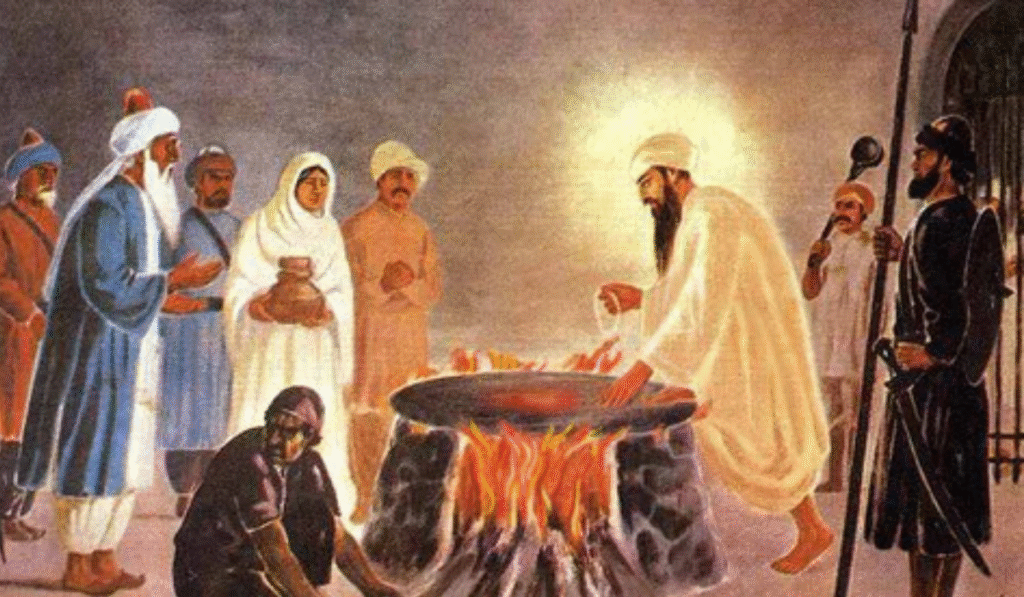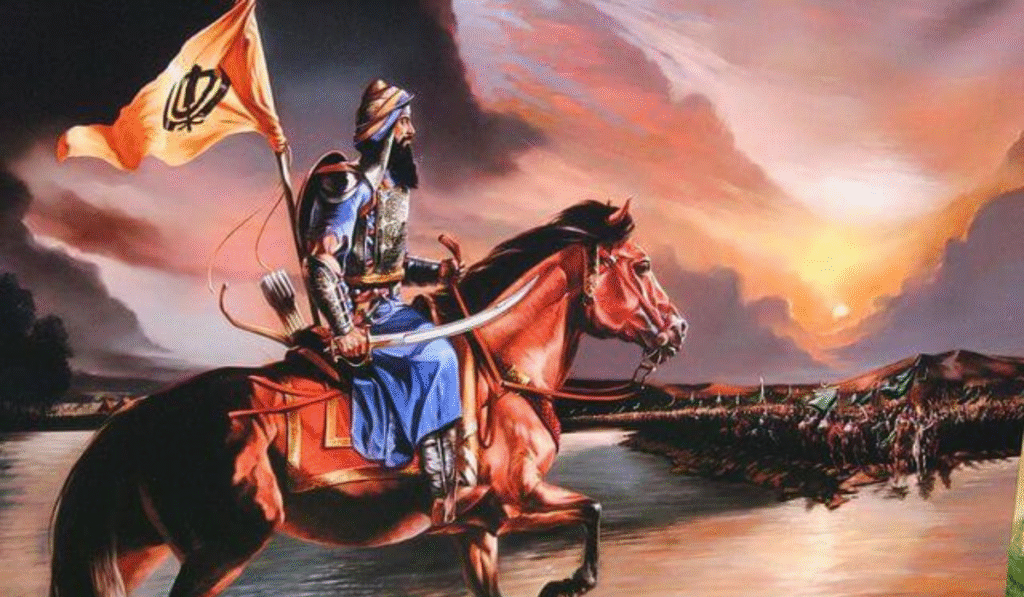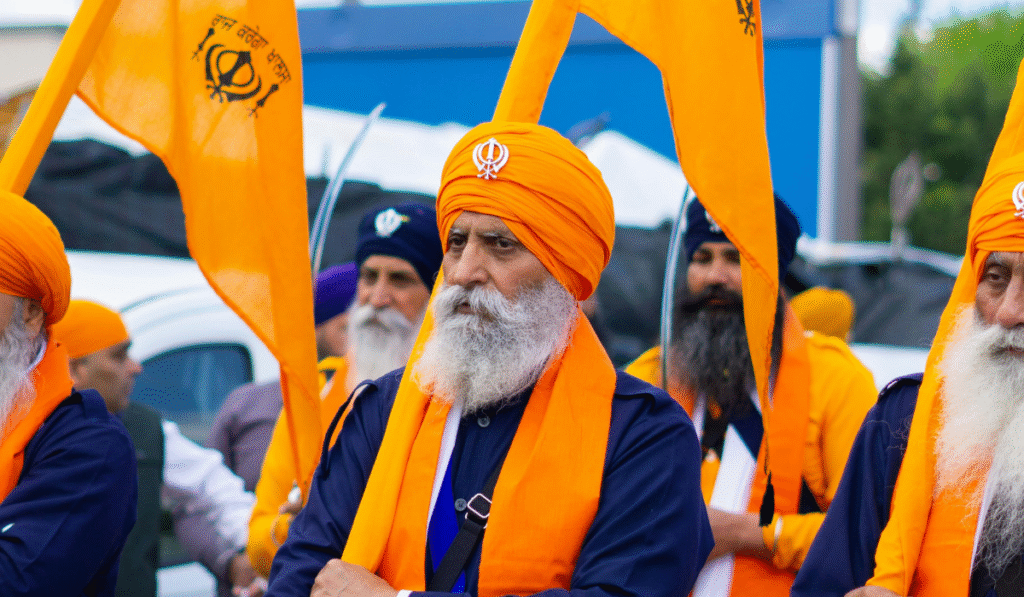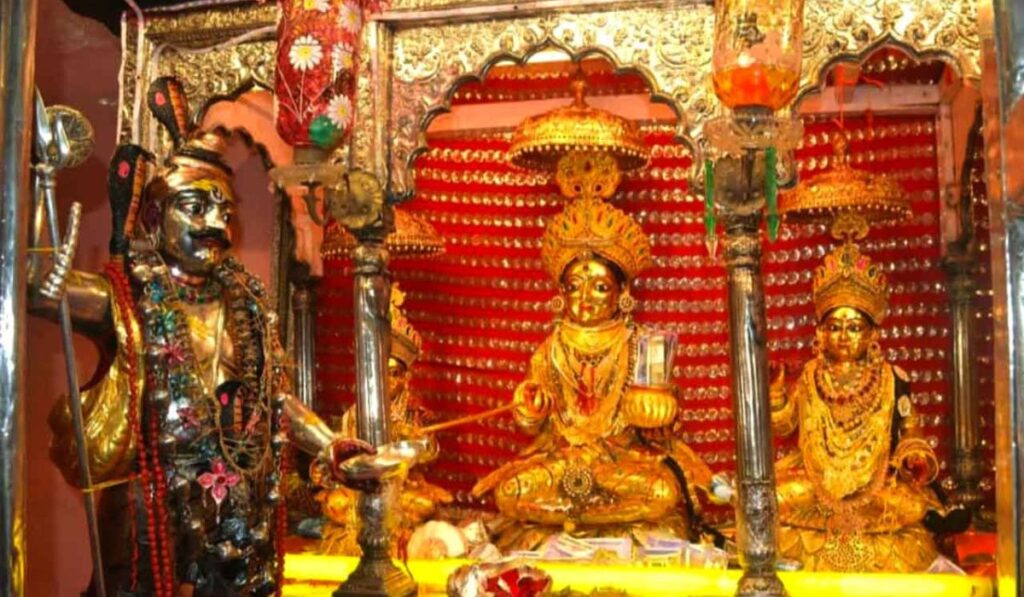Some stories don’t just inspire you, they shake you awake. Sikh history is full of these moments. Moments where ordinary people chose extraordinary courage. Moments where faith wasn’t just a prayer, it became fearlessness in action. If you’ve ever wondered how faith transforms into unstoppable strength, this journey into Sikh history will show you exactly that.
Why Fearless Faith is the Heart of Sikh History?
In Sikhism, faith isn’t passive. It’s not something you keep hidden in your heart while living quietly on the side. The Sikh faith is loud. Visible. Courageous. From the very first Guru, Sikh teachings remind us that faith and courage go hand in hand. If your belief doesn’t push you to stand for truth, help others, and act with integrity, then it’s incomplete.
Not just once, but whenever sikhism went through the deadly choice of death or conversion. Death was always the answer. No one in history was able to shake the unbeatable courage of being sikh. This is why Sikhs build their identity on courage, equality, service, resilience, and fearlessness.
This blend of spiritual strength and practical action is what makes Sikh history so unique and honestly, so goosebump-worthy.
What Sikh History teaches Us About True Courage?
Sikh courage is not just physical bravery. It’s the courage to stay kind. The courage to stay truthful. The courage to stay strong even when the world tries to bend you. Sikh Gurus taught that courage starts inside. When your mind becomes clear, when your heart becomes steady, and when your values are unshakable, then fear loses its power.
This is where the famous Sikh idea of the Sant-Sipahi comes from. Guru Hargobind Sahib Ji, the 6th Sikh Guru, coined this concept. But what does it mean? It means that a Sikh is a saint at heart, but a soldier in action. Compassion in one hand, courage in the other.
Moments in Sikh History That Prove the Power of Fearless Faith
Across almost two centuries, Sikh history created a legacy of courage that the world still talks about. Every martyr changed the course of history. Here is the powerful lessons of courage from the Sikh history, from 1606 to 1757, each moment a living example of fearless faith that refused to bow.
Shri Guru Arjan Dev Ji (1606)
Shri Guru Arjan Dev Ji, the 5th Sikh Guru, became the first Sikh martyr in 1606. The Mughal rulers demanded that he change Sikh teachings and the verses of the Adi Granth. Guru Sahib refused. Peacefully. Calmly. With complete surrender to God.

He was tortured for days, placed on a burning hot plate, and hot sand was poured over him. Yet his lips didn’t tremble. His mind didn’t break. He simply said the words that echo through Sikh history: Tera Kiya Meetha Laage.
He is remembered for his composure and unshakeable acceptance of Hukam. His shaheedi changed Sikh history forever shifting Sikhs from peaceful devotion to a path of courage, justice, and resistance.
Bhai Mati Das Ji (1675)
In 1675, during Shri Guru Tegh Bahadur Sahib Ji’s arrest in Delhi, Bhai Mati Das Ji was tied between two wooden pillars. Mughal officials ordered him to convert to Islam or face death. He refused. As he recited Japji Sahib, the executioners sawed him alive from head to waist. But something happened that shocked them. His voice didn’t stop. He kept reciting Gurbani even while his body was being cut.
His last act became one of the most powerful images of Sikh courage. Faith so strong that even death cannot interrupt it. He is remembered for unshakeable devotion, spiritual discipline, and the courage to die chanting the Name.
Bhai Dayala Ji (1675)
Bhai Dayala Ji was one of Shri Guru Tegh Bahadur Sahib Ji’s closest Sikhs. When he refused conversion, the rulers ordered him to be boiled alive. A giant cauldron was filled with water, and he was lowered inside. As the water heated, Bhai Dayala Ji didn’t scream. He didn’t beg. He simply meditated and recited God’s Name until his final breath.
His last moments were a message for the world that fearlessness and unshakable trust in the divine, even in boiling water, is what true fearless faith is.
Shri Guru Tegh Bahadur Sahib Ji (1675)
The shaheedi of Shri Guru Tegh Bahadur Sahib Ji in 1675 is one of the greatest sacrifices in world history. Aurangzeb’s regime forced Kashmiri Hindus to convert to Islam. With no one left to protect them, they approached Guru Tegh Bahadur Ji.
The Guru responded with a message that changed history. He said that If you can convert me, they will follow. He was arrested, tortured, and finally executed in Chandni Chowk. His last recorded words reflected absolute courage and clarity in faith: Sir diyā par sīs na diyā.
Guru Tegh Bahadur is remembered as the Hind Di Chadar, the Protector of Hindus. And a global symbol of religious freedom. His shaheedi taught the world that fearless faith defends not just your own religion but the rights of all humanity.
The Chaar Sahibzaade (1705)

In 1705, the four sons of Shri Guru Gobind Singh Ji became the living definition of fearlessness. In the Battle of Chamkaur, Shri Sahibzada Ajit Singh Ji, 18 years old, stepped forward first, asking his father for permission to fight. Shri Guru Gobind Singh Ji embraced him tightly, aware this was their final moment together.
Ajit Singh Ji charged into the battlefield like a seasoned commander, fighting until his last breath. Moments later, 14-year-old Sahibzada Jujhar Singh Ji stood up. Guru Sahib compared him to Abhimanyu because he was young in age, ancient in courage. He fought with unshakable resolve, proving that a child guided by faith carries a lion’s spirit.
Meanwhile, the Mughal authorities imprisoned the younger sahibzaade in Sirhind. Shri Sahibzada Zorawar Singh Ji was only 9 years old, and Shri Sahibzada Fateh Singh Ji was just 6. The officials offered them life, wealth, and comfort if they agreed to convert to Islam. Instead, they displayed a level of clarity and dignity far beyond their age and refused right at the moment.
Both were bricked alive for choosing Sikhi over survival. Their Shahidi remains one of the most heartbreaking and inspiring moments in world history. Together, the Chaar Sahibzaade are remembered as the youngest and bravest examples of fearless faith, forever shaping what courage means in the Sikh tradition.
Shri Banda Singh Bahadur Ji (1716)
Shri Banda Singh Bahadur Ji was not born a Sikh. He became one. Shri Guru Gobind Singh Ji awakened him with the spirit of the Khalsa, and he went on to shake the Mughal empire. He freed the oppressed, removed tyrannical landowners, gave land rights to farmers, and established the first Sikh rule in parts of Punjab.

When the Mughals captured him, they brutally tortured him and hundreds of Sikhs. They killed his 4-year-old son, Ajai Singh, before his eyes, but he kept his mind steady. People remember him as a revolutionary, a saint-soldier, and the man who proved that Sikhs fight not for power but for justice.
These names are just a few. There are thousands of fearless sikhs who gave up their life for freedom and belief, never converted, never defeated. Always choose dignity and respect before anything.
Final Words
From Shri Guru Arjan Dev Ji’s calm acceptance of torture to Shri Baba Deep Singh Ji’s final charge, every moment in Sikh history shows how faith becomes fearless when it stands for truth. These shaheeds didn’t choose death, they chose dignity, justice, and divine conviction. The Chaar Sahibzaade, the early martyrs of 1675, Shri Banda Singh Bahadur Ji, and countless Khalsa warriors turned courage into a way of life, proving that true strength comes from spiritual clarity, not aggression.
Their sacrifices aren’t just stories from the past. They are reminders for today. Sikh history teaches us that when your faith is steady, your purpose is clear, and your heart is anchored in Naam, no force or fear can break you.
Let’s stay connected! Come say hi on Instagram or follow us on Facebook for more interesting knowledge.












